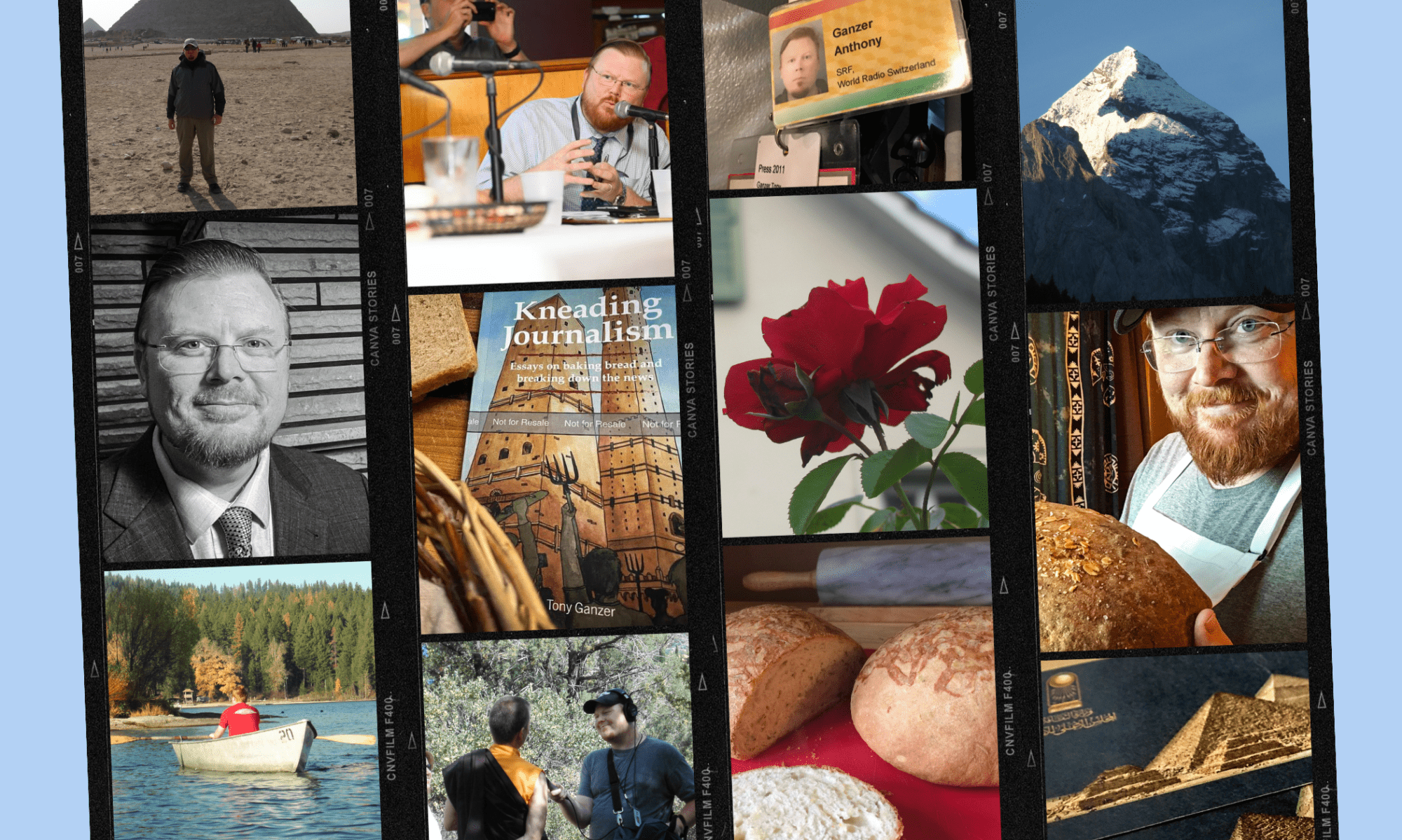The Cathedral in Reims, France













Keeping our eyes open
One of the earlier things I noticed when I moved to Switzerland was a seemingly large number of black men stopped by police.
It seemed that any time I saw a man of color on the street, he was surrounded by three or more Zurich police officers checking his ID, and asking what he is doing. Many of these men are asylum seekers, with the majority from Eritrea or Nigeria.
Switzerland is not the most racially diverse country, so maybe I was more sensitive to the issue of racial profiling than I otherwise would be. But I kept noticing police turning their cars around and hopping out to question a black man on the street, or when I had lunch in the park, police only seemed to question “minorities.”
I followed up on this observation with Zurich police, the city ombudswoman, and human rights activists and heard police say there was not a systematic profiling of black men, though Nigerians controlled the drug trade. The park I ate lunch in used to be a hub of drug dealing so maybe the increased presence of police is attributed to that.
The ombudswoman did have a large number of complaints of profiling and unnecessarily long questioning of mainly African males from police. Human rights campaigners complained of a lack of transparency in how Switzerland registered who was being stopped and questioned the most.
And anecdotally, some asylum seekers told me they were subjected to questioning on the street all the time. They claimed that if they complained, they were sometimes physically abused.
I couldn’t and can’t confirm their claims, and thus did not report them, but it does make me watch closer when police seem to single someone out…
Of falling stones and faith
There is an understandable and appropriate silence about a graveyard. The dead are meant to be left to their stillness. Even outside of a superstition of what might happen if one “wakes the dead,” or that a cemetery may be “holy ground,” I feel there should be a reverence to the memory of the people buried beneath one’s feet. In middle school, my English class took a field trip to an old cemetery near the rural-but-well-endowed California school house. The assignment was to make a pencil etching of a gravestone of our choice, considering dates, names, comments left carved in moss-covered stone. We would take our etchings back to the classroom and then write fiction based on the lives we conjured and assigned to these people resting beneath us. I vaguely remember penning something about “O. Henry,” a Civil War veteran who left behind his lover. The curious thing about this exercise, as inspiring as it may have been to young fiction writers, is that the people buried in that cemetery were real; their lives were lived and paid in full. One walks more carefully when one focuses on who the people were, and not who they are in a conjured world.
Yesterday I walked with my troupe around Saint Martin’s church in the local village in the French region of Picardie. The church was constructed in the 12th century, and it, and its cemetery, are a long way from the glory days.
[Find more stories at the Faith Full Catholic Podcast with Tony Ganzer]
Continue reading “Of falling stones and faith”In Basel, public transit is trying hard to be tri-national
Americans Celebrating the Armistice
Chilling in a French November

Stretching his legs in a brief moment of sun
Hercule Poirot is a famous product of Agatha Christie’s criminal mind. His brilliant mustache and unshakable French accent combined with the less-notable ability to solve crimes have all kept this sleuth in high regard around the world. I must admit, though: when Poirot’s accent was replaced by an actual Frenchman’s voice-over, I felt a little dirty.
These are the personal revelations one must cope with when the rain is falling on France’s countryside.






